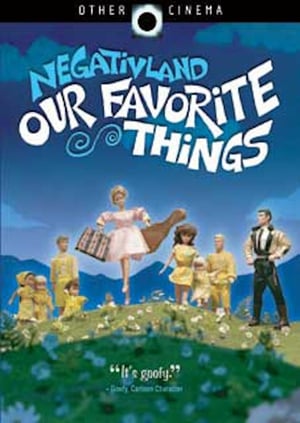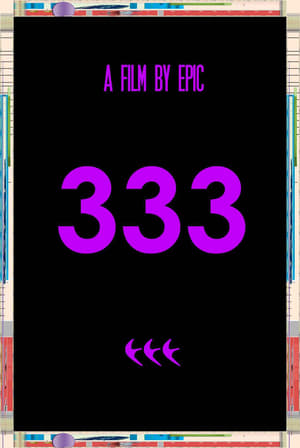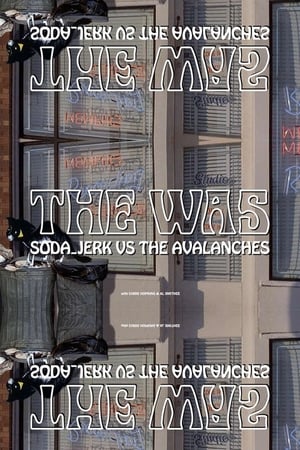
Negativland: Our Favorite Things(2007)
Our Favorite Things is a new DVD/CD release from reigning Kulture Kut-up Kings Negativland. Twenty-seven years of the group's "greatest hits" have become all-new moving pictures in this amazing, years-in-the-making package. Created with 18 other filmmakers from all over the USA (and one a capella group from Detroit), Our Favorite Things is a collaborative project that takes Negativland's sound explorations into the world of film and video. What emerges is a darkly cracked look at 21st century America, juxtaposing paranoia, torture, control, power, weapons, fear, suicide, cola wars, mental illness, and intellectual property issues with the lighter side of dopey advertising, cartoon characters, cleaning products and Jesus.
Movie: Negativland: Our Favorite Things
Top 5 Billed Cast
Video Trailer Negativland: Our Favorite Things
Similar Movies
 0.0
0.0TV WAR(ja)
Performed live on September 15th, 1985 on the SONY JumboTRON at Tsukuba Expo, Tukuba, Japan
Braverman's Condensed Cream of the Beatles(en)
Photos, animation, and music illustrate the story of the Beatles.
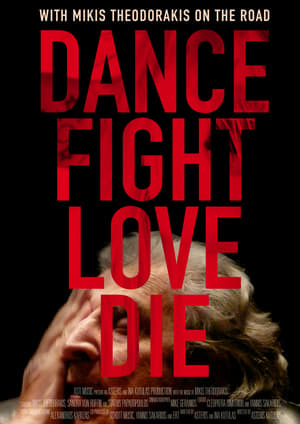 0.0
0.0Dance Fight Love Die: With Mikis On the Road(el)
An intimate look into the life of composer Mikis Theodorakis from 1987 until 2017: comprising three decades, four continents, 100 locations and 600 hours of film material. The film interweaves personal moments with archive footage, documentary recordings and fictional pieces, all accompanied by Theodorakis’ music in jazz, classic, electro and rap versions.
 7.7
7.7Global Groove(en)
Global Groove was a collaborative piece by Nam June Paik and John Godfrey. Paik, amongst other artists who shared the same vision in the 1960s, saw the potential in the television beyond it being a one-sided medium to present programs and commercials. Instead, he saw it more as a place to facilitate a free flow of information exchange. He wanted to strip away the limitations from copyright system and network restrictions and bring in a new TV culture where information could be accessed inexpensively and conveniently. The full length of the piece ran 28 minutes and was first broadcasted in January 30, 1974 on WNET.
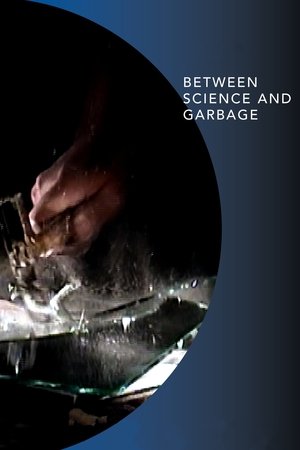 5.2
5.2Between Science and Garbage(en)
A whirlwind of improvisation combines the images of animator Pierre Hébert with the avant-garde sound of techno whiz Bob Ostertag in this singular multimedia experience, a hybrid of live animation and performance art.
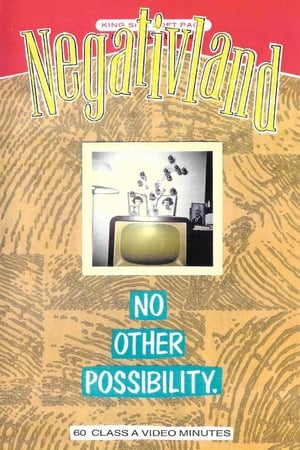 8.0
8.0Negativland: No Other Possibility(en)
In an effort to cure her smoking habit a middle-aged woman discovers that she can communicate with her long lost son while watching a Halloween safety program on TV. After suffering a nervous breakdown, her husband, a used car salesman, is revitalized when he travels back in time to drive the first car he ever sold. Seventeen years later a powerful canned food manufacturer crashes the same car into a toaster truck while endorsing a brand of yams on live TV. At the funeral his clergyman experiences a crisis of faith when he and a lifelike Mexican continue their search for a married couple who have befriended an insect who enjoys drinking lime soda. They later meet a young man whose bizarre murder scheme involves four innocent members of an experimental rock band who have all given up smoking.
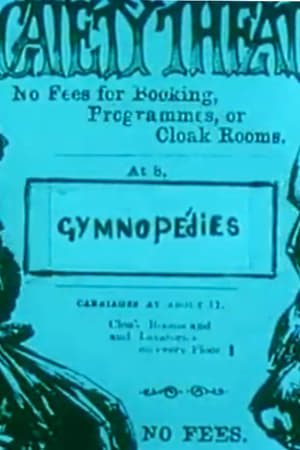 5.8
5.8Gymnopédies(en)
Animation. The theme is Weightlessness. Objects and characters are cut loose from habitual meanings, also from tensions and gravitational limitations. A lyric Eric Satie track accompanies the film. Such a portrait seems necessary from time to time to remind us that equilibrium and harmony are possible, and that we will not dissolve into a jelly if we allow ourselves to relax into them: A horseman rides through the landscape, through the town, but never arrives anywhere in particular. An acrobat swings on a rope above a canal in Venice, and is content just to swing there. Nothing threatens to disturb them. This film is a total contrast to the Kafka-like oddities of Eastern European animation. —Canyon Cinema
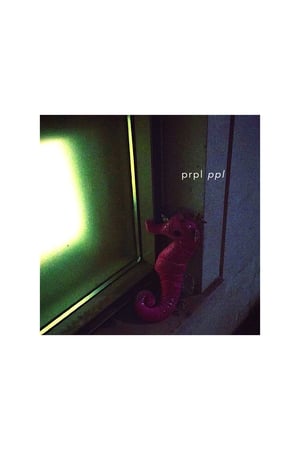 0.0
0.0Chance Encounters With Oxygen(en)
A psychedelic, avant-garde collage film designed to accompany PRPL PPL's experimental album of the same name.
Pink Swine!(en)
One of Lawrence Jordan's earliest animated films, PINK SWINE is an energetic and playful mix of various animation styles. Described as "an anti-art dada collage film," this free-form short presents cut-out images animated across old photos (a style picked up by Terry Gilliam a few years later) and found objects that dance to the beat of the rock-and-roll soundtrack. He produced this short during a summer spent with Joseph Cornell and Jordan edited the film entirely in camera, making the upbeat visual rhythm of this delightful lark even more impressive. –Sean Axmaker
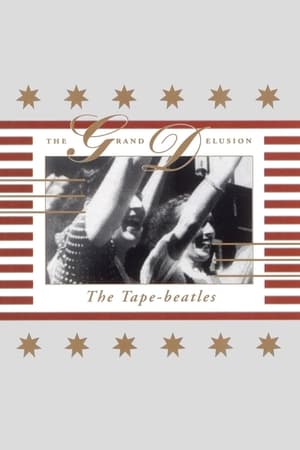 0.0
0.0The Tape-Beatles: The Grand Delusion(en)
Produced in 1993, The Grand Delusion is one of our most completely realized works. In addition to taking the usual form of a Tape-beatles release (a CD), The Grand Delusion was also delivered in the form of an ‘expanded cinema’ presentation involving three-screen motion picture projections and sound. The screen space for this production is intended to be three times the width of the normal 3 to 4 "Edison" aspect ratio of 16mm. The presentation only uses the full width intermittently, so transitions from one form to the next has been translated here by means of a video effect. As a live performance presentation, The Grand Delusion has been screened in dozens of venues across North America and Europe.
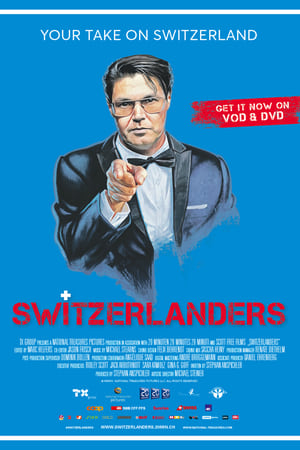 4.5
4.5Switzerlanders(de)
A cinematic time capsule with over 1,400 hours of submitted material from all regions of Switzerland gives unknown insights about the life of Swiss people in the politically and socially turbulent summer of 2019.
 5.7
5.7Nammal(ml)
Nammal is another campus movie from Kamal after Niram. What is different this time is Kamal introduces new faces Siddharth and Jishnu. Kamal provides glimpses of the new campus with adventure in his movie with these debutants. Snehalatha (Suhasini) takes charge as the Principal in a college where Shyam (Siddharth) and Sivan (Jishnu) are the heroes. Shyam and Sivan are fun filled characters as well as naughty. Aparna (Renuka Menon) is teased and ragged by the duo, who happens to be the daughter of Principal's friend. Aparna complaints and Snehalatha takes action against Shyam and Shivan. Soon to her surpurise she discovers that Shyam and Shivan are orphans, hardworking and their guardian is a priest (Balachandra Menon).
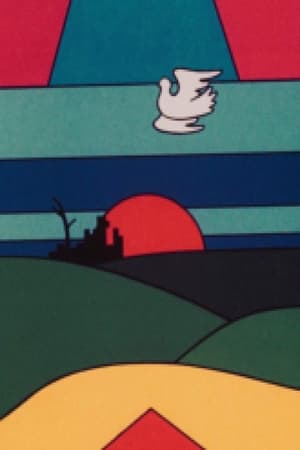 0.0
0.0Chile Lives(de)
This short, animated piece of agitprop fiercely expresses the hopes of the Chilean people.
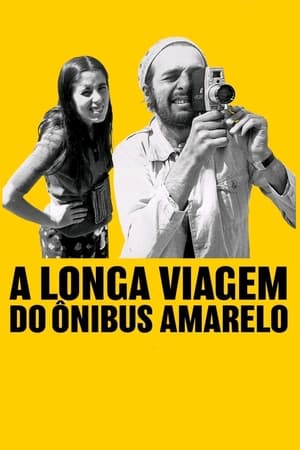 9.0
9.0The Long Voyage of the Yellow Bus(pt)
For this behemoth, Bressane took his opera omnia and edited it in an order that first adheres to historical chronology but soon starts to move backwards and forward. The various pasts – the 60s, the 80s, the 2000s – comment on each other in a way that sheds light on Bressane’s themes and obsessions, which become increasingly apparent and finally, a whole idea of cinema reveals itself to the curious and patient viewer. Will Bressane, from now on, rework The Long Voyage of the Yellow Bus when he makes another film? Is this his latest beginning? Why not, for the eternally young master maverick seems to embark on a maiden voyage with each and every new film!
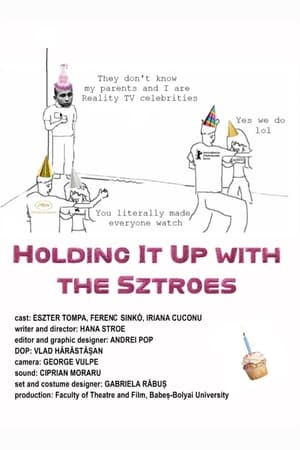 0.0
0.0Holding It Up with the Sztroes(ro)
In this episode of HIUWTS, Hana’s birthday goes wrong! Mom throws the perfect party, but Dad spoils all the fun… Watch as the TV crew invades the family’s home and the show distorts their reality!
Unboxing Eden(en)
Unboxing Eden is a YouTube collage about snake breeders and their animals. The video documents the arrival, the breeding and the handling of snakes in all shapes and sizes.
 6.8
6.821-87(en)
This short film from Arthur Lipsett is an abstract collage of snippets from discarded footage found by Lipsett in the editing room of the National Film Board (where he worked as an animator), combined with his own black and white 16mm footage shot on the streets of Montreal and New York City, among other locations. A commentary on a machine-dominated society, it is often cited as an influence on George Lucas's Star Wars and his conceptualization of "The Force."
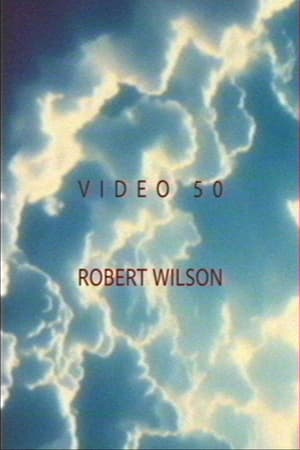 5.0
5.0Video 50(en)
Produced in an era before 24-hour programming cycles, Video 50 was initially used as a late night filler on TV stations in Germany, France, Belgium, and Switzerland. Random, surreal, and unexpected, Video 50 resembles the dream cycle of a dormant TV station after it conscious programming has ceased. Its structure and form anticipate the dissociated sequence of moving images we are now accustomed to encountering on YouTube and social media.
